Citibank 2012 Annual Report Download - page 129
Download and view the complete annual report
Please find page 129 of the 2012 Citibank annual report below. You can navigate through the pages in the report by either clicking on the pages listed below, or by using the keyword search tool below to find specific information within the annual report.-
 1
1 -
 2
2 -
 3
3 -
 4
4 -
 5
5 -
 6
6 -
 7
7 -
 8
8 -
 9
9 -
 10
10 -
 11
11 -
 12
12 -
 13
13 -
 14
14 -
 15
15 -
 16
16 -
 17
17 -
 18
18 -
 19
19 -
 20
20 -
 21
21 -
 22
22 -
 23
23 -
 24
24 -
 25
25 -
 26
26 -
 27
27 -
 28
28 -
 29
29 -
 30
30 -
 31
31 -
 32
32 -
 33
33 -
 34
34 -
 35
35 -
 36
36 -
 37
37 -
 38
38 -
 39
39 -
 40
40 -
 41
41 -
 42
42 -
 43
43 -
 44
44 -
 45
45 -
 46
46 -
 47
47 -
 48
48 -
 49
49 -
 50
50 -
 51
51 -
 52
52 -
 53
53 -
 54
54 -
 55
55 -
 56
56 -
 57
57 -
 58
58 -
 59
59 -
 60
60 -
 61
61 -
 62
62 -
 63
63 -
 64
64 -
 65
65 -
 66
66 -
 67
67 -
 68
68 -
 69
69 -
 70
70 -
 71
71 -
 72
72 -
 73
73 -
 74
74 -
 75
75 -
 76
76 -
 77
77 -
 78
78 -
 79
79 -
 80
80 -
 81
81 -
 82
82 -
 83
83 -
 84
84 -
 85
85 -
 86
86 -
 87
87 -
 88
88 -
 89
89 -
 90
90 -
 91
91 -
 92
92 -
 93
93 -
 94
94 -
 95
95 -
 96
96 -
 97
97 -
 98
98 -
 99
99 -
 100
100 -
 101
101 -
 102
102 -
 103
103 -
 104
104 -
 105
105 -
 106
106 -
 107
107 -
 108
108 -
 109
109 -
 110
110 -
 111
111 -
 112
112 -
 113
113 -
 114
114 -
 115
115 -
 116
116 -
 117
117 -
 118
118 -
 119
119 -
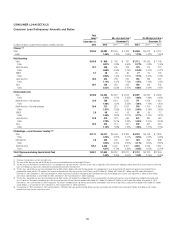 120
120 -
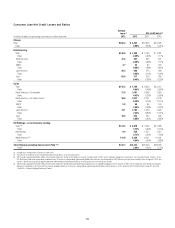 121
121 -
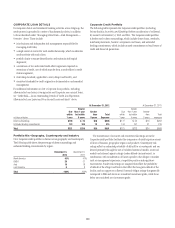 122
122 -
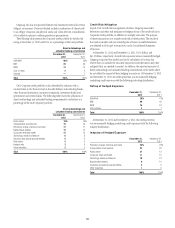 123
123 -
 124
124 -
 125
125 -
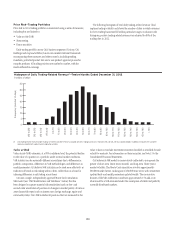 126
126 -
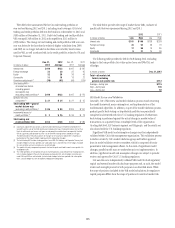 127
127 -
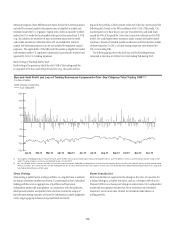 128
128 -
 129
129 -
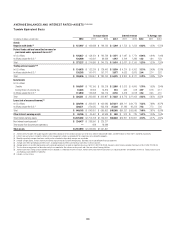 130
130 -
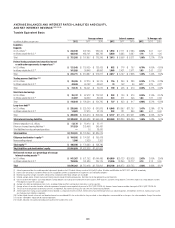 131
131 -
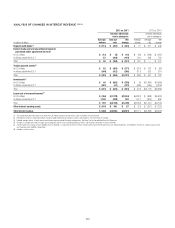 132
132 -
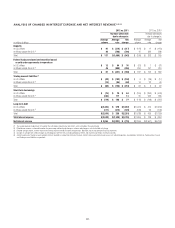 133
133 -
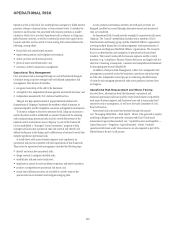 134
134 -
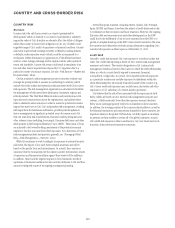 135
135 -
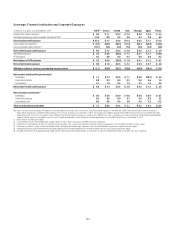 136
136 -
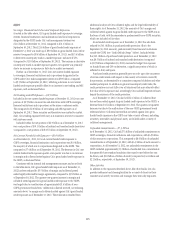 137
137 -
 138
138 -
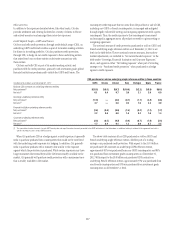 139
139 -
 140
140 -
 141
141 -
 142
142 -
 143
143 -
 144
144 -
 145
145 -
 146
146 -
 147
147 -
 148
148 -
 149
149 -
 150
150 -
 151
151 -
 152
152 -
 153
153 -
 154
154 -
 155
155 -
 156
156 -
 157
157 -
 158
158 -
 159
159 -
 160
160 -
 161
161 -
 162
162 -
 163
163 -
 164
164 -
 165
165 -
 166
166 -
 167
167 -
 168
168 -
 169
169 -
 170
170 -
 171
171 -
 172
172 -
 173
173 -
 174
174 -
 175
175 -
 176
176 -
 177
177 -
 178
178 -
 179
179 -
 180
180 -
 181
181 -
 182
182 -
 183
183 -
 184
184 -
 185
185 -
 186
186 -
 187
187 -
 188
188 -
 189
189 -
 190
190 -
 191
191 -
 192
192 -
 193
193 -
 194
194 -
 195
195 -
 196
196 -
 197
197 -
 198
198 -
 199
199 -
 200
200 -
 201
201 -
 202
202 -
 203
203 -
 204
204 -
 205
205 -
 206
206 -
 207
207 -
 208
208 -
 209
209 -
 210
210 -
 211
211 -
 212
212 -
 213
213 -
 214
214 -
 215
215 -
 216
216 -
 217
217 -
 218
218 -
 219
219 -
 220
220 -
 221
221 -
 222
222 -
 223
223 -
 224
224 -
 225
225 -
 226
226 -
 227
227 -
 228
228 -
 229
229 -
 230
230 -
 231
231 -
 232
232 -
 233
233 -
 234
234 -
 235
235 -
 236
236 -
 237
237 -
 238
238 -
 239
239 -
 240
240 -
 241
241 -
 242
242 -
 243
243 -
 244
244 -
 245
245 -
 246
246 -
 247
247 -
 248
248 -
 249
249 -
 250
250 -
 251
251 -
 252
252 -
 253
253 -
 254
254 -
 255
255 -
 256
256 -
 257
257 -
 258
258 -
 259
259 -
 260
260 -
 261
261 -
 262
262 -
 263
263 -
 264
264 -
 265
265 -
 266
266 -
 267
267 -
 268
268 -
 269
269 -
 270
270 -
 271
271 -
 272
272 -
 273
273 -
 274
274 -
 275
275 -
 276
276 -
 277
277 -
 278
278 -
 279
279 -
 280
280 -
 281
281 -
 282
282 -
 283
283 -
 284
284 -
 285
285 -
 286
286 -
 287
287 -
 288
288 -
 289
289 -
 290
290 -
 291
291 -
 292
292 -
 293
293 -
 294
294 -
 295
295 -
 296
296 -
 297
297 -
 298
298 -
 299
299 -
 300
300 -
 301
301 -
 302
302 -
 303
303 -
 304
304 -
 305
305 -
 306
306 -
 307
307 -
 308
308 -
 309
309 -
 310
310 -
 311
311 -
 312
312 -
 313
313 -
 314
314 -
 315
315 -
 316
316 -
 317
317 -
 318
318 -
 319
319 -
 320
320 -
 321
321 -
 322
322 -
 323
323 -
 324
324
 |
 |

107
Average Rates
-
Interest Revenue, Interest Expense and Net Interest Margin
INTEREST REVENUE/EXPENSE AND YIELDS
Interest Revenue-Average Rate
Interest Expense-Average Rate
Net Interest Margin
1.34%
1.43%
1.51%
1.57%
1.59%
1.62%
1.69%
1.62%
1.60%
1.62%1.61%1.61%
3.32%
4.76% 4.59% 4.50% 4.36% 4.31% 4.29% 4.23% 4.26% 4.23% 4.07% 4.05% 4.04%
3.15% 3.06% 2.95% 2.88% 2.82% 2.83% 2.90% 2.90% 2.81% 2.86% 2.93%
1Q10 2Q10
2010: 3.12%
2011: 2.86% 2012: 2.88%
3Q10 4Q10 1Q11 2Q11 3Q11 4Q11 1Q12 2Q12 3Q12 4Q12
1.00%
1.50%
2.00%
2.50%
3.00%
3.50%
4.00%
4.50%
5.00%
5.50%
In millions of dollars, except as otherwise noted 2012 2011 2010
Change
2012 vs. 2011
Change
2011 vs. 2010
Interest revenue (1) $68,680 $73,201 $79,801 (6)% (8)%
Interest expense (2) 20,484 24,229 25,096 (15) (3)
Net interest revenue (3) $48,196 $48,972 $54,705 (2)% (10)%
Interest revenue—average rate 4.10% 4.27% 4.55% (17 ) bps (28) bps
Interest expense—average rate 1.46 1.63 1.61 (17) bps 2 bps
Net interest margin 2.88 2.86 3.12 2 bps (26) bps
Interest-rate benchmarks
Two-year U.S. Treasury note—average rate 0.28% 0.45% 0.70% (17) bps (25) bps
10-year U.S. Treasury note—average rate 1.80 2.78 3.21 (98) bps (43) bps
10-year vs. two-year spread 152 bps 233 bps 251 bps
(1) Interest revenue includes the taxable equivalent adjustments (based on the U.S. federal statutory tax rate of 35%) of $542 million, $520 million, and $519 million for 2012, 2011 and 2010, respectively.
(2) Interest expense includes the taxable equivalent adjustments (based on the U.S. federal statutory tax rate of 35%) of $51 million, $5 million and $0 million for 2012, 2011 and 2010, respectively.
(3) Excludes expenses associated with certain hybrid financial instruments. These obligations are classified as Long-term debt and accounted for at fair value with changes recorded in Principal transactions.
A significant portion of Citi’s business activities are based upon gathering
deposits and borrowing money and then lending or investing those funds,
or participating in market-making activities in tradable securities. Citi’s net
interest margin (NIM) is calculated by dividing gross interest revenue less
gross interest expense by average interest earning assets.
During 2012, Citi’s NIM remained relatively stable as compared to the
prior year at 288 basis points. Citi continued to experience pressure on its
loan and investment portfolio yields reflecting the low rate environment. In
aggregate, this pressure negatively impacted NIM by approximately 17 basis
points in 2012 versus the prior year. Ongoing pressure from the low rate
environment was offset by the pay-downs of higher-cost long-term debt and
redemptions of trust preferred securities during the year, which positively
impacted NIM by approximately 10 basis points in 2012. In addition, as
discussed under “Capital Resources and Liquidity—Funding and Liquidity”
above, during 2012, Citi reduced its deposit funding costs, partially through
increasing the share of non-interest bearing deposits, which contributed
approximately 10 basis points of NIM benefit in 2012. Decreased deposit costs
and lower outstanding long-term debt, as well as an increase in Citi’s trading
book portfolio yields, contributed to the increase in NIM quarter-over-quarter.
Absent any significant changes or events, Citi expects its NIM will likely
continue to reflect the pressure of a low interest rate environment and
subsequent changes in its portfolios, including its trading book portfolio,
although continued improvement in Citi’s cost of funds and lower levels of
outstanding long-term debt will both continue to positively impact NIM. As
such, Citi currently believes that its 2013 NIM should be relatively stable to its
full-year 2012 level, with some quarterly fluctuations.
